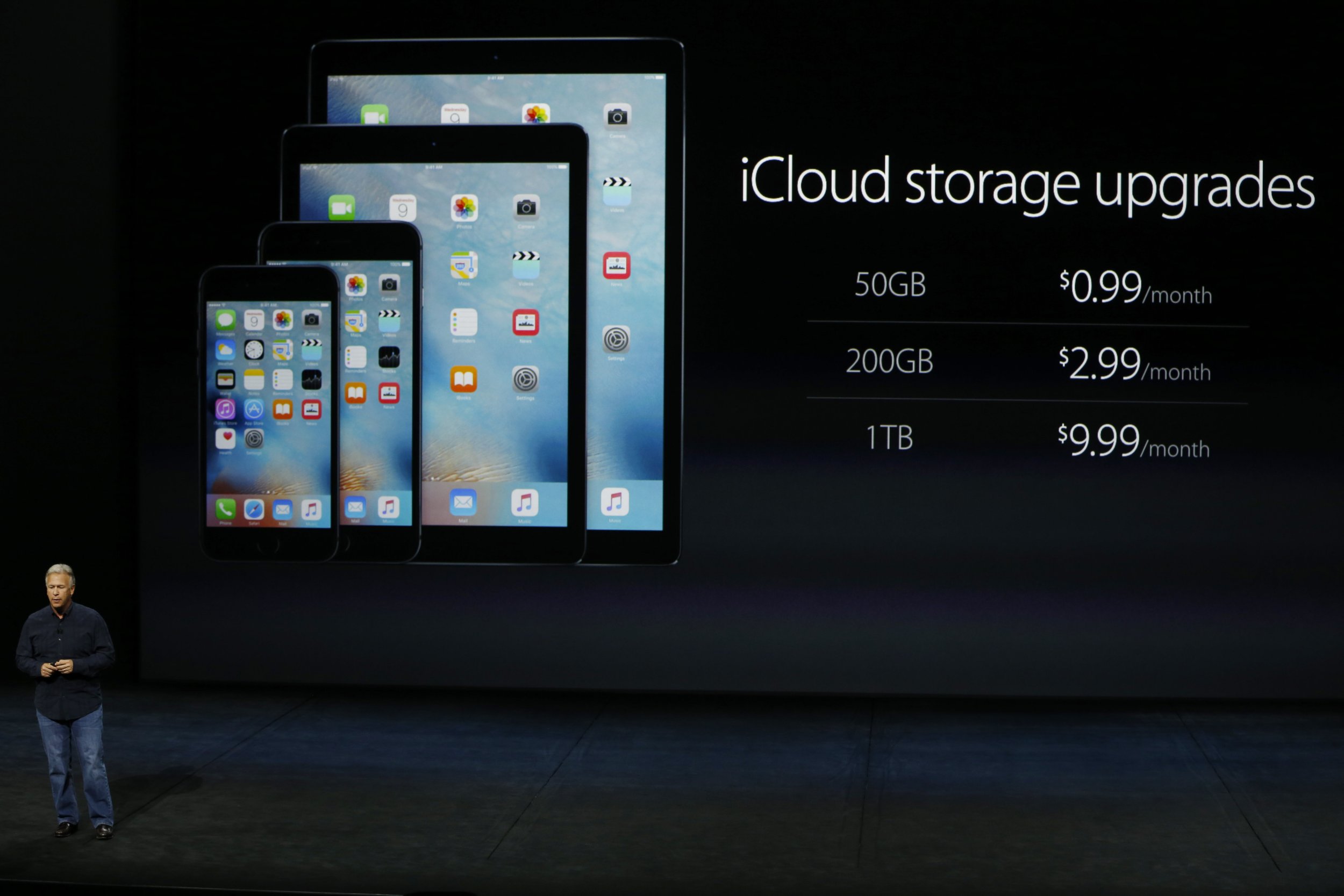
That aside, Amazon Photos has a limit on photo bursts - it only uploads the first frame of a burst.

#ICLOUD PHOTOS VS AMAZON PHOTOS DOWNLOAD#
On the other hand, both and the iCloud desktop app on Windows lets you download photos in the JPG format easily. That can be quite annoying unless you are prepared to convert them manually. However, you can’t download HEIC photos in the JPG format locally on Windows or Android. It even converts files to a compatible format when sharing them to other apps. Usually, this is a concern since the format isn’t all that popular outside the Apple ecosystem.īut thankfully, Amazon Photos supports both formats, and you can readily view them even on unsupported devices with minimal issues. On the iPhone, photos and videos that you shoot are saved in the HEIF and HEVC formats by default. Although not directly comparable, Amazon Photos offers more bang for your buck in terms of storage from a cost per gigabyte perspective. The next Amazon Photos storage tier starts at 1TB ($6.99/month), while iCloud’s offering lies at 200GB ($2.99/month). In other words, it’s twice the amount of storage for the same price. Surprisingly, the Amazon Photos storage tiers are cheaper than what you get with iCloud.įor example, the base storage tier of 100GB starts at $1.99/month, compared to $0.99/month for 50GB of iCloud storage. If you don’t have an Amazon Prime membership (costs $12.99/month), or have lots of videos, you will have to shell out cash for a storage plan.

But that aside, you are still restricted to just 5GB of storage for videos. A pretty sweet deal if you want to store images with a lot of details in them.
#ICLOUD PHOTOS VS AMAZON PHOTOS FREE#
You get unlimited free photo storage at original quality, which includes support for the RAW format. However, things change if you have an Amazon Prime membership.

When it comes to available free storage, Amazon Photos doesn’t differ from iCloud The same holds true for the majority of cloud storages as well (OneDrive, Dropbox, etc.), with the exception being Google Photos’ 15GB of free storage. When it comes to available free storage, Amazon Photos doesn’t differ from iCloud - you get access to just 5GB, which is sure to run out in no time. That is terrific if you want to take a back up of all your photos and videos across devices to store them in a single location. In contrast, is slow and clunky, and the iCloud app is prone to numerous issues.Īnd unlike iCloud, Amazon Photos is also available on Android. Especially on Windows, this is a game-changer. In my experience, I found both the Amazon Photos web app and the desktop client to work flawlessly. On Windows and macOS, you can access it seamlessly using a web browser on desktop, or use the Amazon Photos desktop client instead. In addition to iOS and iPadOS, Amazon Photos is available just about everywhere.

Just like how Google Photos works.īut does it have what it takes to replace iCloud on the iPhone? Let me share my experience, and then you can decide for yourself. So what about Amazon Photos? It is a standalone photo management and cloud storage service presented separately from the core Amazon Drive experience. Thus for a while, I’ve been using Amazon Photos in place of iCloud for photo backups. That’s why I’m always on the hunt for that perfect third-party cloud storage service. Apple iCloud’s drastically low free storage offering and problematic cross-platform support capabilities present a persistent problem.


 0 kommentar(er)
0 kommentar(er)
